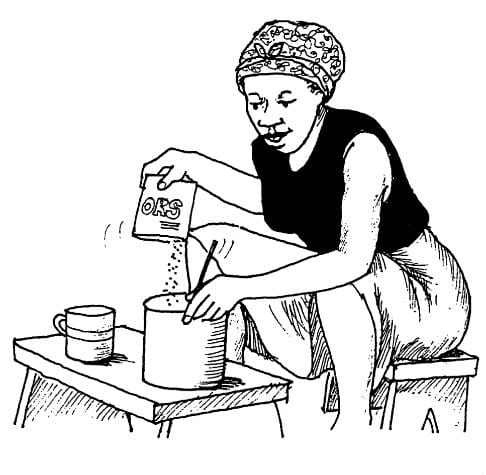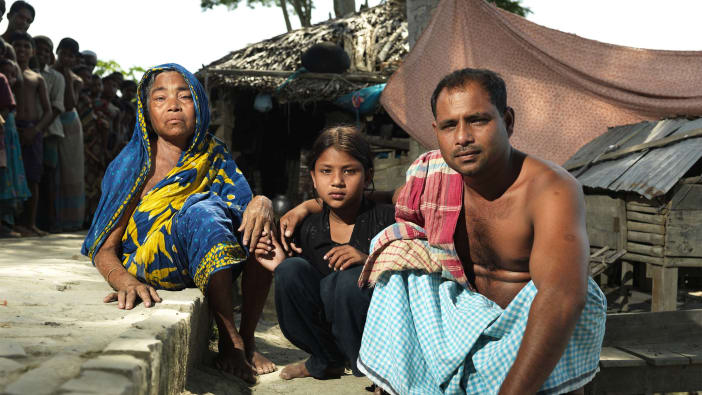Periods of intense heat, known as heatwaves, are becoming more common because of climate change. When it is very hot, people can suffer from health problems such as dehydration, heat exhaustion and heatstroke. In 2015, thousands of people died in India and Pakistan during a heatwave.
Anyone can develop illnesses caused by the heat. However, the risk is higher for groups such as children, the elderly and people with certain medical conditions.
Heat exhaustion
Heat exhaustion can develop when someone is exposed to high temperatures and their body loses water and salt. It is less serious than heatstroke, but it can lead to heatstroke if it is not treated soon enough.
Symptoms of heat exhaustion vary, but may include:
- sweating a lot
- muscle cramps
- tiredness and weakness
- headache
- nausea and/or vomiting
- feeling faint or dizzy
- feeling very thirsty
- fast heartbeat
- urinating less often and having darker urine than usual
- low blood pressure
- fast, shallow breathing.
Treating heat exhaustion
If someone is showing signs of heat exhaustion, you should:
- Get the person to drink liquids. They should ideally drink water, juice or a rehydration drink.
- Help them to lie down in a cool place.
- Remove any unnecessary clothing.
- If possible, give the person a cool (not cold) bath or shower. Otherwise, apply a cool, wet cloth to their skin, or wrap them in a cool, wet sheet. Keep these cloths wet.
- Keep fanning their skin while it is moist. As the water evaporates, it will help their skin to cool down.
- If you have cold packs, place these on their neck, armpits, groin and back.
If the person does not respond to this treatment within 30 minutes, seek medical help.










